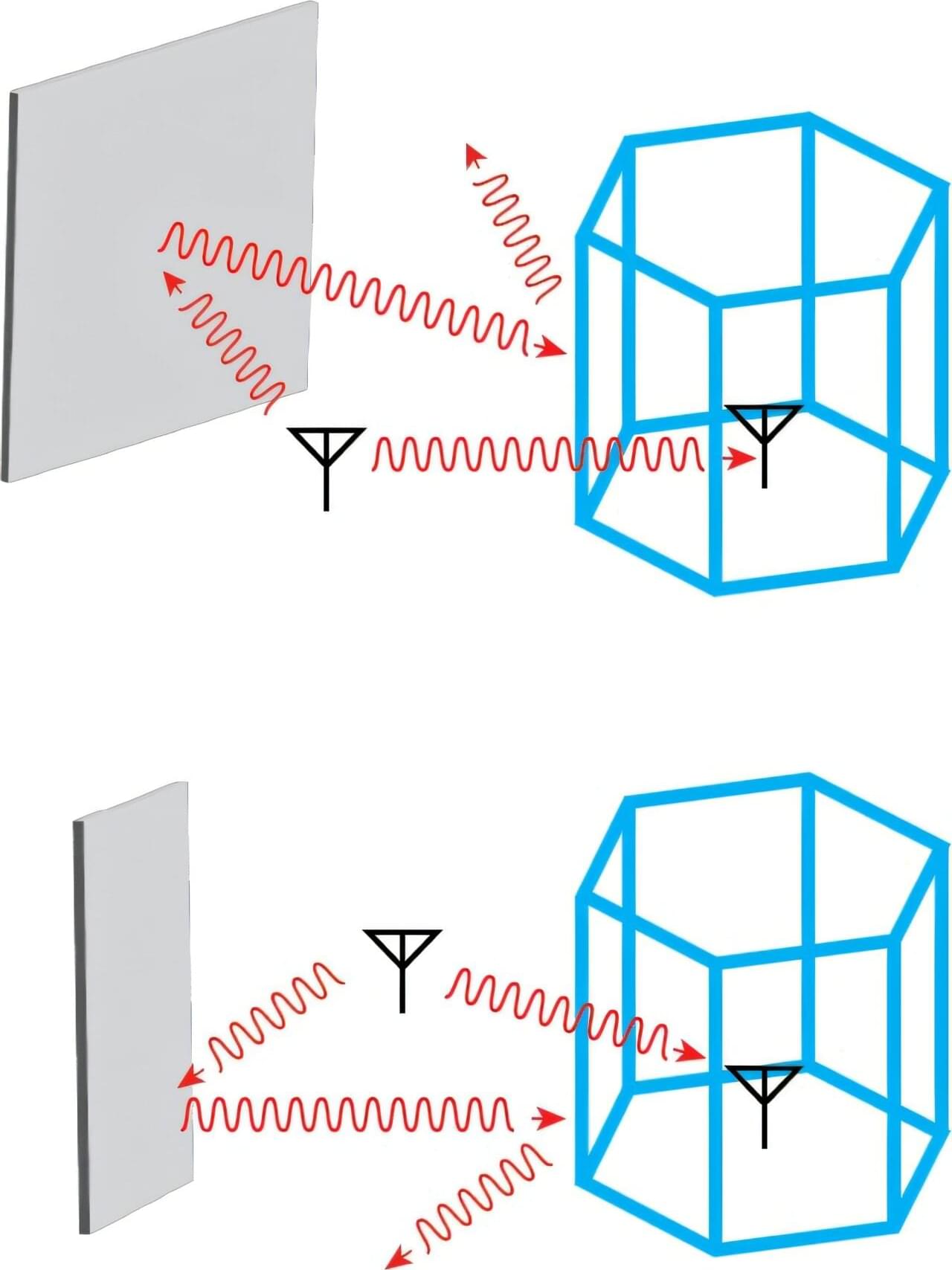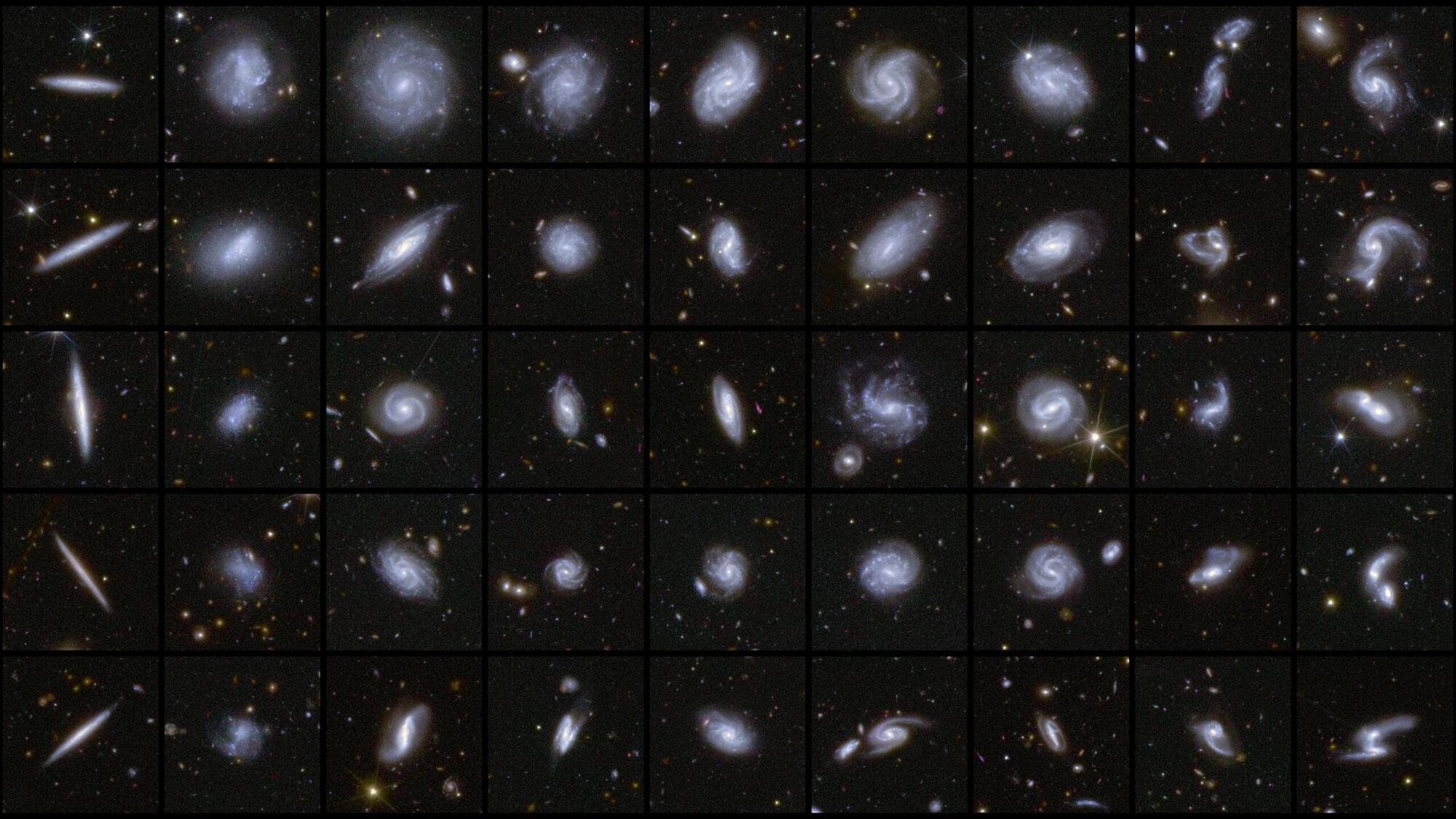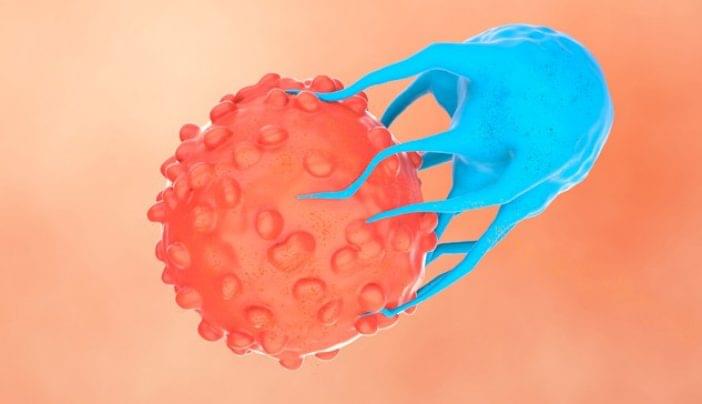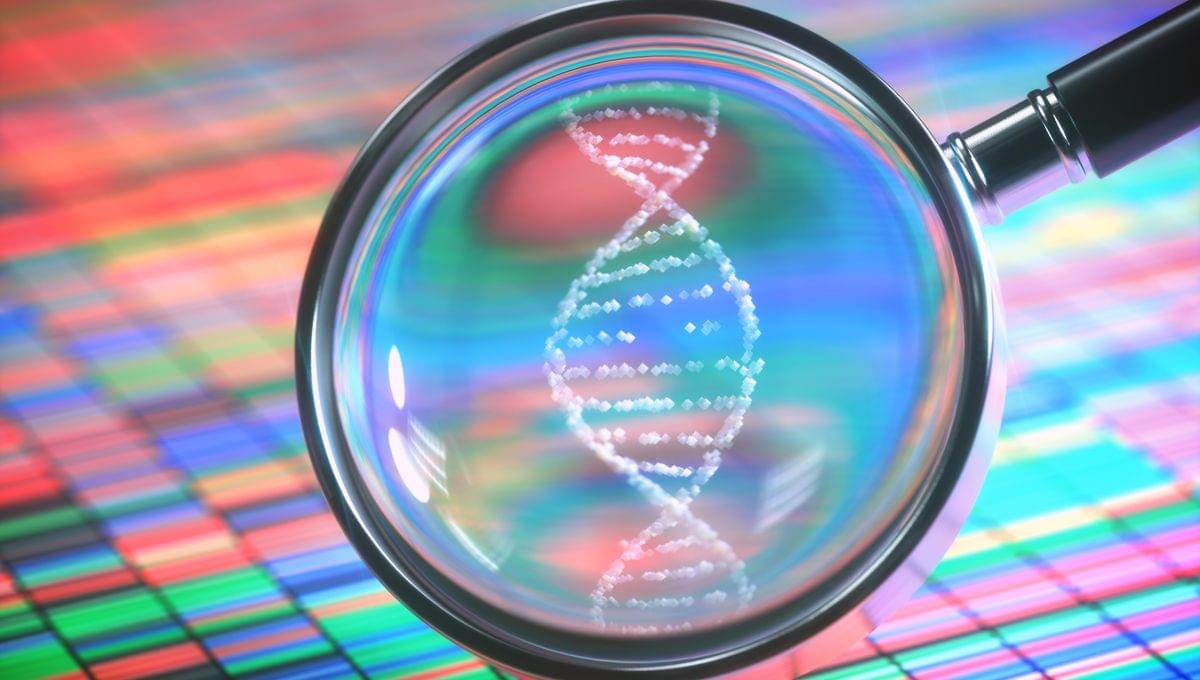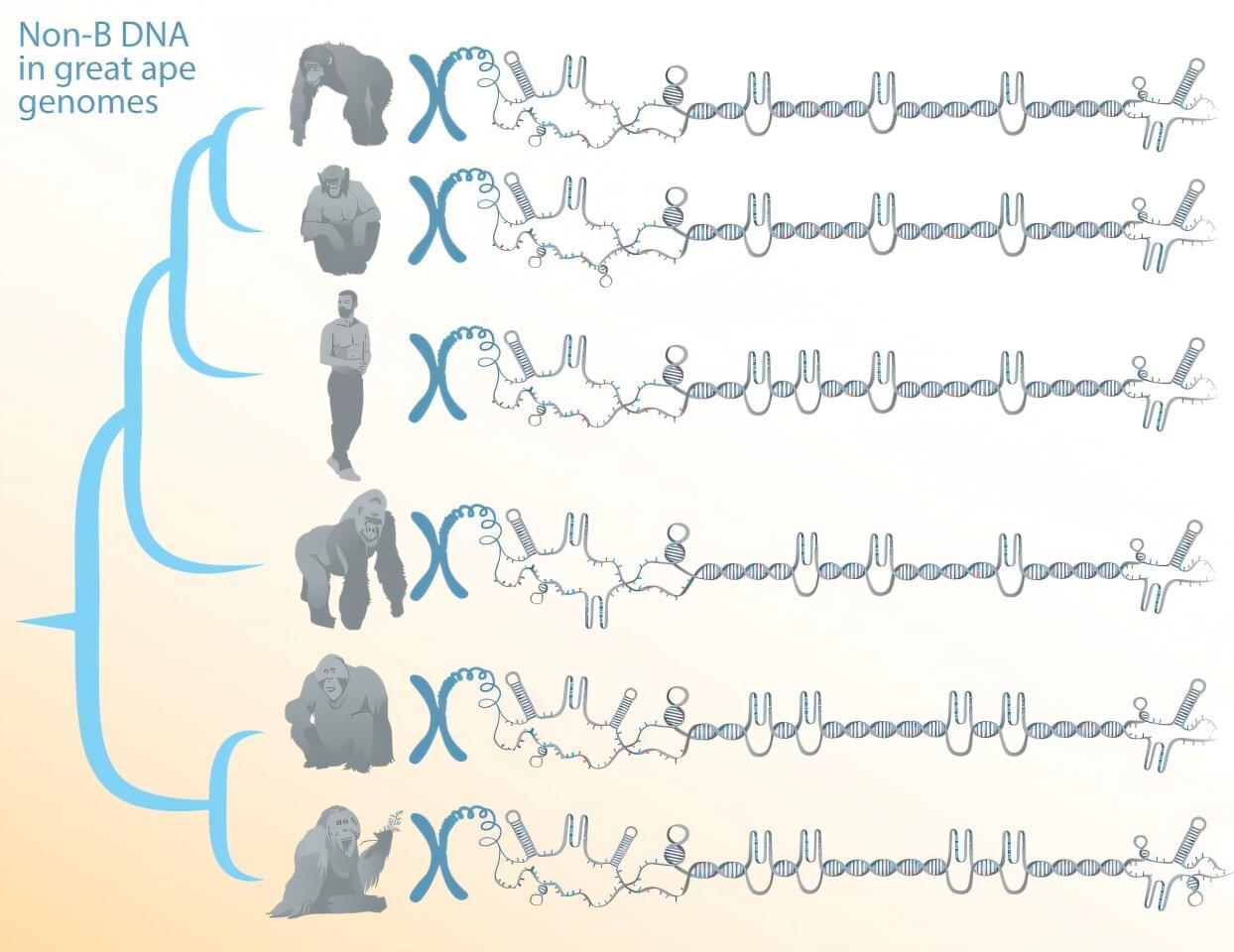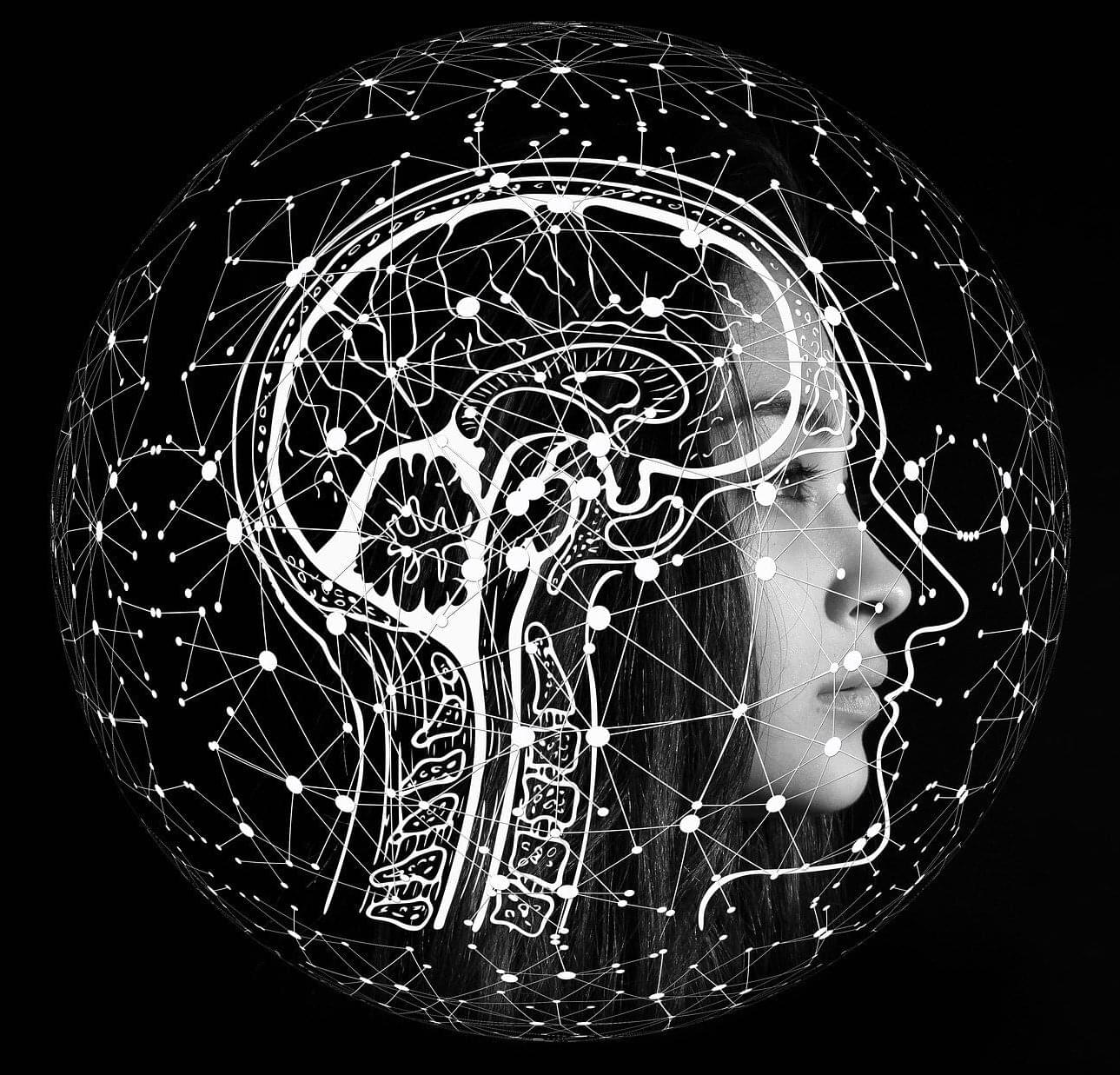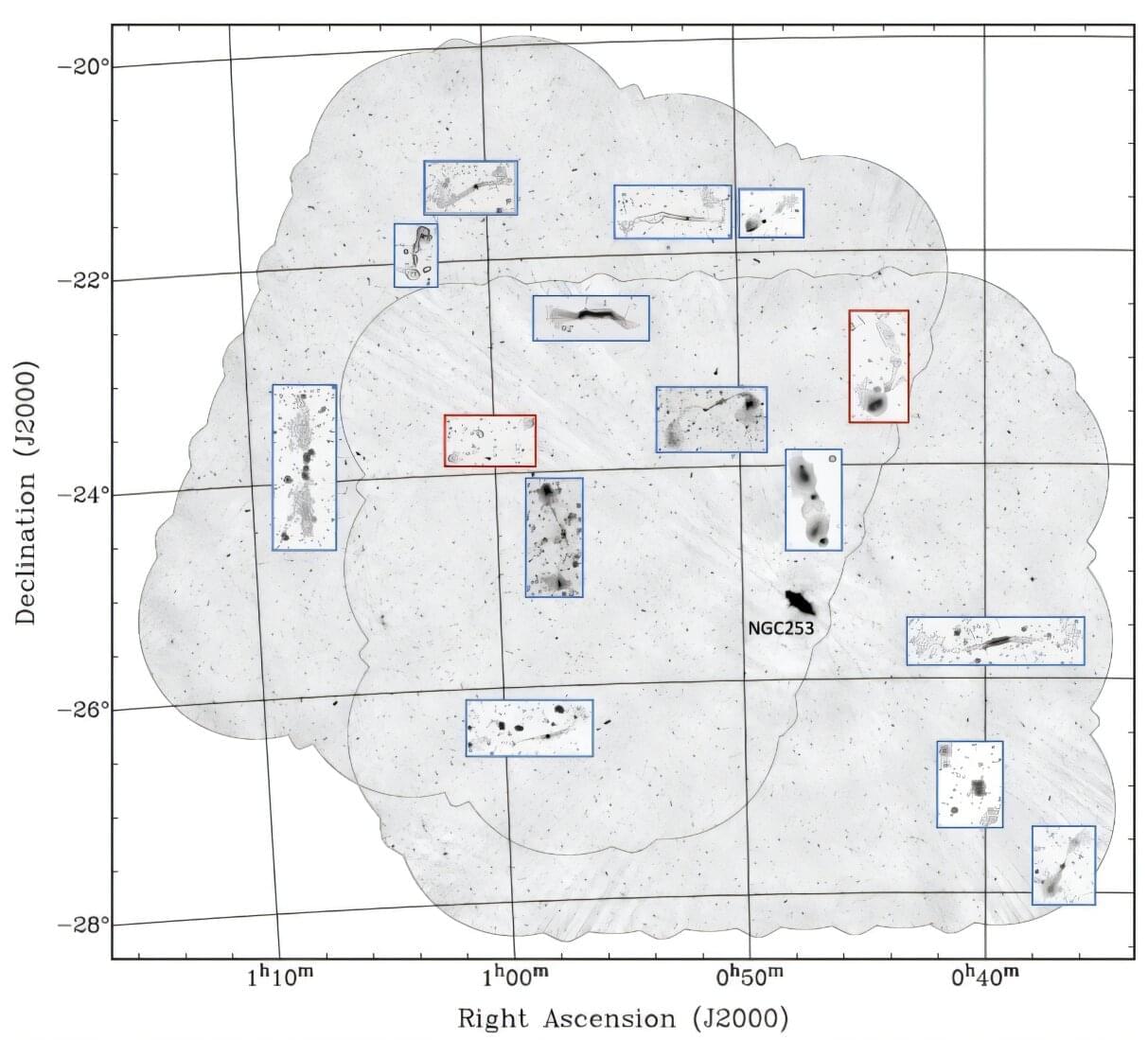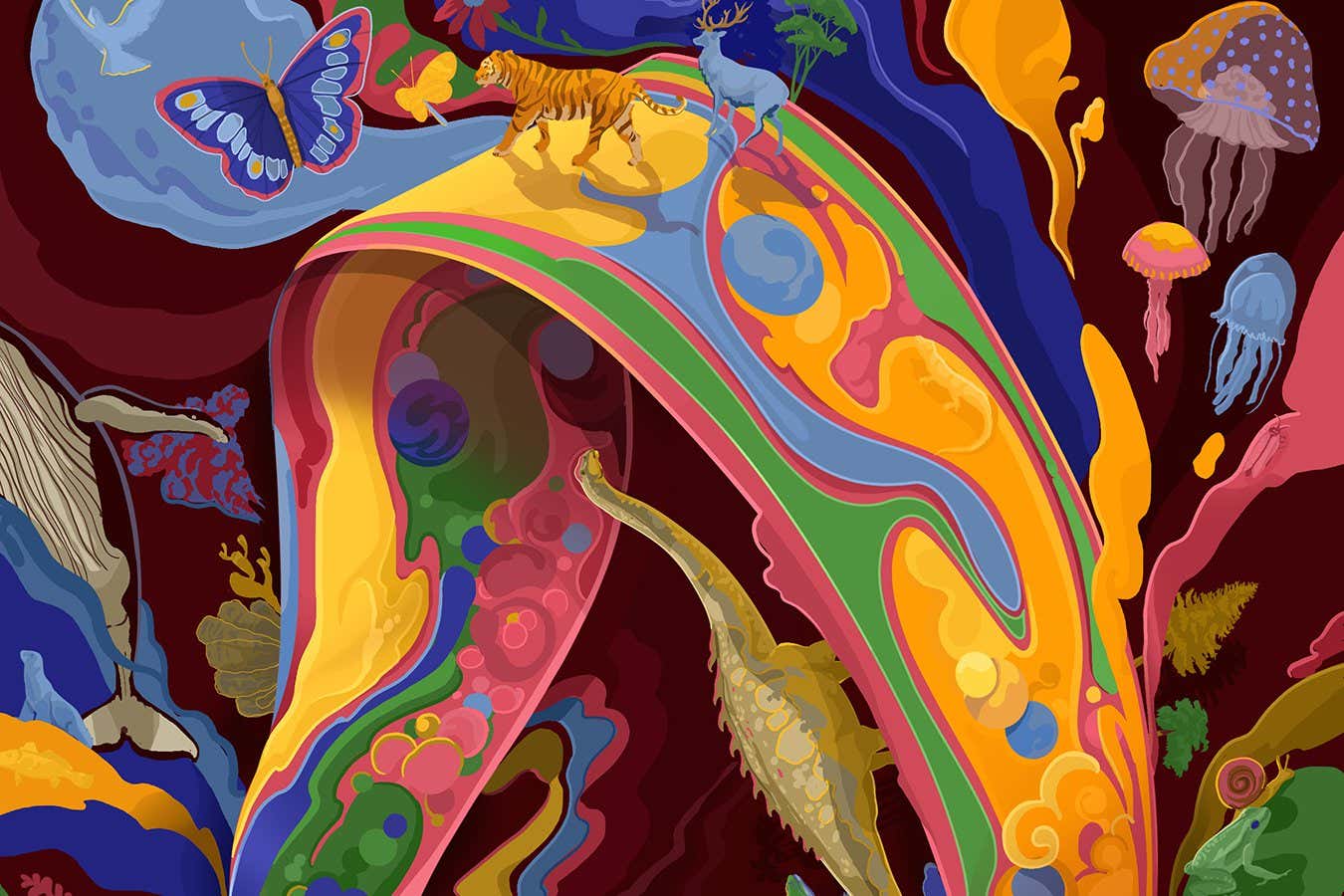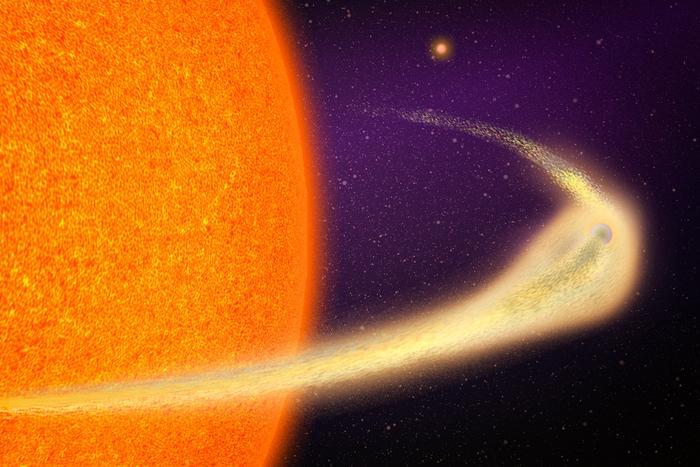In this Review, Kaltenpoth et al. examine the evolution and function of beneficial symbioses between bacteria and their insect hosts, focusing on their effects on the host fitness and the microbial factors that play a role in the evolution of these symbiotic associations.
Category: evolution – Page 3
The evolution of wireless communications and the miniaturization of electrical circuits have fundamentally reshaped our lives and the digital landscape. However, as we push toward higher-frequency communications in an increasingly connected world, engineers face growing challenges from multipath propagation—a phenomenon where the same radio signal reaches receiving antennas through multiple routes, usually with time delays and altered amplitudes.
Multipath interference leads to many reliability issues, ranging from “ghosting” in television broadcasts to signal fading in wireless communications.
Addressing multipath interference has long presented two fundamental physical challenges. First, multipath signals share the same frequency with the main (leading) signal, rendering conventional frequency-based filtering techniques ineffective. Second, the incident angles of these signals are variable and unpredictable. These limitations have made passive solutions particularly difficult to implement, as traditional materials bound by linear time-invariant (LTI) responses maintain the same scattering profile for a given frequency, regardless of when the signal arrives.
In its quest to chart the evolution of the universe, ESA’s space telescope has already amassed a massive catalog of galaxies and gravitational lenses.
For decades, researchers have been exploring ways to harness the power of the immune system to treat cancer. One breakthrough is cell therapy, often called ‘living drugs.’ This is a form of immunotherapy that uses immune cells from a patient or a healthy donor. With advanced engineering techniques, scientists enhance these cells to recognize better and attack cancer.
“During the late 1980s and 1990s, cancer researchers started exploring ways to advance immunotherapy by transferring immune cells into a patient to attack cancer cells,” says stem cell transplant and cellular therapy specialist Hind Rafei, M.D. “They recognized that immune cells found inside tumors could help destroy cancer cells, leading to the development of one of the earliest forms of cell therapy — tumor-infiltrating lymphocytes (TILs).”
Cell therapy is a form of immunotherapy that uses immune cells from a patient or a healthy donor to treat cancer. Learn about the types of cell therapy from stem cell transplant and cellular therapy specialist Hind Rafei, M.D.
Certain DNA sequences can form structures other than the canonical double helix. These alternative DNA conformations—referred to as non-B DNA—have been implicated as regulators of cellular processes and of genome evolution, but their DNA tends to be repetitive, which until recently made reliably reading and assembling their sequences difficult.
Now, a team of researchers, led by Penn State biologists, has comprehensively predicted the location of non-B DNA structures in great apes. It’s the first step in understanding the functions and evolution of such structures, known to contribute to genetic diseases and cancer, the team said.
The work depends on newly available telomere-to-telomere (T2T), or end-to-end, genomes of humans and other great apes that overcame sequencing and assembly difficulties associated with repetitive DNA to fill in any remaining gaps in the genomes. A paper describing the study, which shows that non-B DNA is enriched in the newly sequenced segments of the genomes and suggests potential new functions, was published in the journal Nucleic Acids Research.
Patients in the early stages of psychosis respond to treatments differently than those who have developed a chronic version of the disorder. Understanding the neurobiological changes from early to chronic stages is essential for developing targeted prevention and treatment strategies. But how symptoms change during this transition—and what role the brain plays—is unclear.
Researchers at Yale School of Medicine (YSM) have now examined patients with early and chronic forms of psychosis to map symptom evolution and identify relevant brain networks. They published their findings in the journal Neuropsychopharmacology.
“We are interested in how psychosis and psychiatric disorders develop,” says Maya Foster, first author of the study and a Ph.D. student in the lab of Dustin Scheinost, Ph.D., associate professor of radiology and biomedical imaging at YSM.
Using the Australian Square Kilometer Array Pathfinder (ASKAP), astronomers have discovered 15 new giant radio galaxies with physical sizes exceeding 3 million light years. The finding was reported in a research paper published April 9 on the arXiv preprint server.
The so-called giant radio galaxies (GRGs) have an overall projected linear length exceeding at least 2.3 million light years. They are rare objects grown usually in low-density environments and display jets and lobes of synchrotron-emitting plasma. GRGs are important for astronomers studying the formation and the evolution of radio sources.
ASKAP is a 36-dish radio-interferometer operating at 700 to 1,800 MHz. It uses novel technology to achieve extremely high survey speed, making it one of the best instruments in the world for mapping the sky at radio wavelengths. Due to its large field of view, high resolution, dynamic range and good sensitivity to low-surface brightness structures, ASKAP has been essential in the search for new GRGs.
Laboratory experiments have coaxed simple molecules into states that naturally become more complex, hinting at the origins of evolution itself
“This is a very tiny object, with very weak gravity, so it easily loses a lot of mass, which then further weakens its gravity, so it loses even more mass,” said Dr. Avi Shporer.
What can a planet that’s shedding its material teach astronomers about planetary formation and evolution? This is what a recently submitted study to The Astrophysical Journal Letters hopes to address as an international team of scientists investigated a unique exoplanet that orbits its host star approximately 20 times closer than Mercury orbits our Sun, resulting in the exoplanet shedding so much material that it’s creating a tail of debris and will eventually disintegrate into nothing.
“The extent of the tail is gargantuan, stretching up to 9 million kilometers long, or roughly half of the planet’s entire orbit,” said Dr. Marc Hon, who is a postdoc in the Kavli Institute for Astrophysics and Space Research at the Massachusetts Institute of Technology (MIT) and lead author of the study.
Exoplanet BD+054868Ab is located approximately 140 light-years from Earth and orbits its star in approximately 30.5 hours. For context, Mercury takes our Sun in 88 days. The orbit of BD+054868Ab is so close, astronomers hypothesize that it’s a molten world slowly shedding its material and they estimate it will be completely gone between 1 million and 2 million years from now. During its long and slow death, BD+054868Ab is shedding so material that it’s leaving a trail of debris in its wake, which initially puzzled astronomers after analyzing data obtained from NASA’s Transiting Exoplanet Survey Satellite (TESS).

